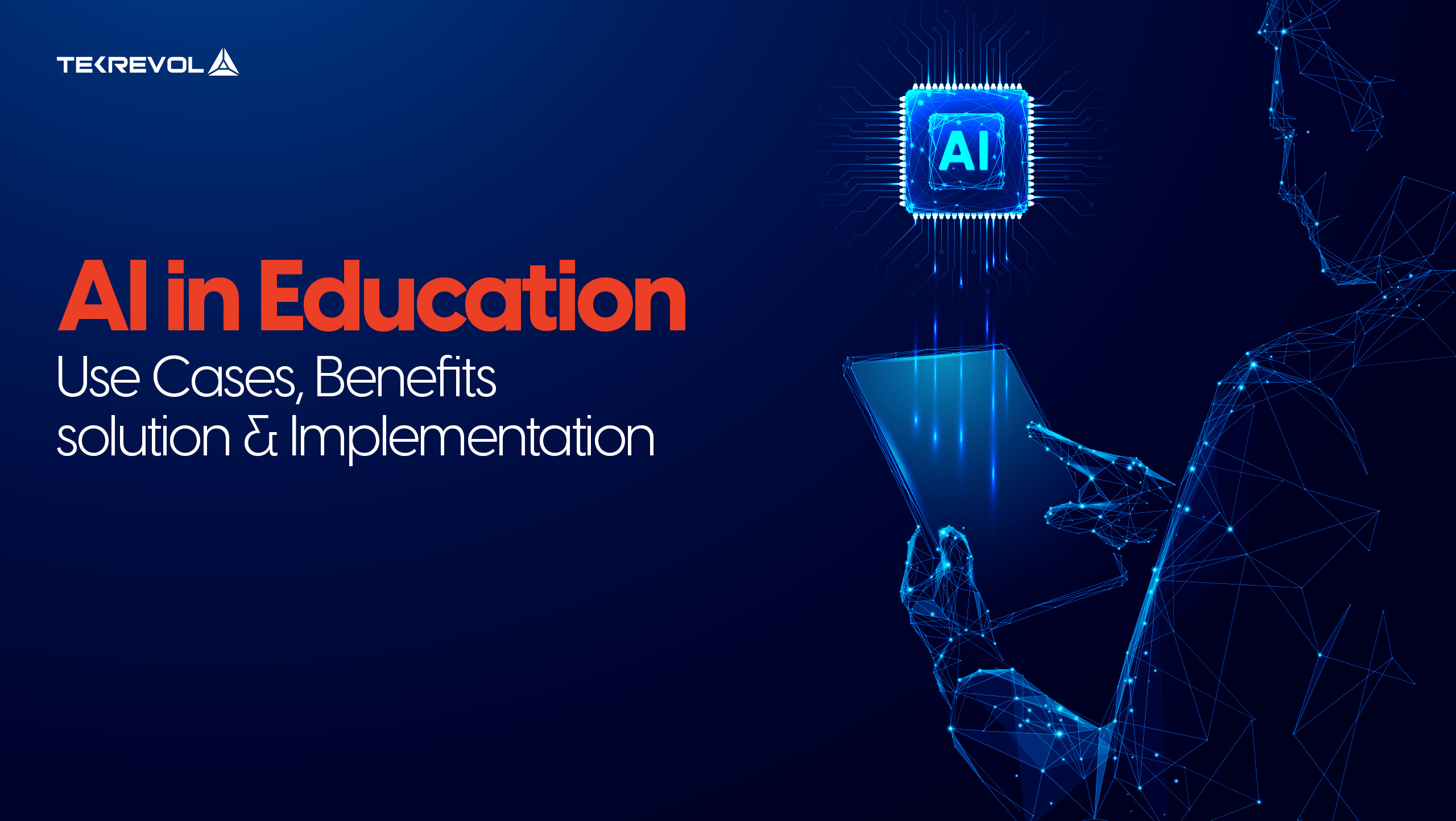Modern Web Design Essentials for Your Brand’s Success in 2025
- Web Development
- |

With web UI/UX evolving, 2025 demands a sharp focus on web design philosophy to stay on top. Businesses must integrate user-centric, performance-driven strategies to optimize functionality, usability, and scalability.
Here’s a breakdown of the key modern web design trends transforming digital presence, driving business growth, and meeting user demands.
Top 12 Web Design Trends to Watch in 2025
Platforms, devices, and user expectations are changing continuously. Modern branding philosophy requires businesses to be unique as well as easy to navigate. Here are the top 12 modern web design examples and trends that improve overall usability, appearance, and engagement without making the user feel overwhelmed with unnecessary visuals and functionalities.

1. Adaptive UX/UI for Multiple Devices
In 2025, websites must perform flawlessly across multiple devices. Adaptive design goes beyond basic responsiveness, offering tailored experiences for different screen sizes, device capabilities, and input methods. This ensures a seamless, engaging experience, regardless of whether a user accesses your site on a desktop, mobile, or tablet.
By leveraging CSS media queries, breakpoints, and fluid grids, adaptive design guarantees layout consistency while optimizing performance. This trend allows businesses to enhance user satisfaction and reduce bounce rates, directly impacting conversion rates. It’s essential to prioritize fast load times and intuitive interfaces that adapt to user behavior, ensuring smooth navigation across devices.
2. Minimalist Interface with Functional White Space
Effective white space usage is critical for creating a clean, focused UI. This design principle emphasizes simplicity and clarity, allowing users to navigate without distraction. By intentionally placing content blocks and interactive elements, you guide users toward key information and CTAs, improving interaction rates.
Minimalist interfaces also optimize loading speeds, a crucial factor for retaining visitors. Combined with faster page loads and clearer navigation paths, this approach directly impacts user retention and engagement metrics. Businesses that prioritize this design can boost on-page time, reduce friction, and improve user task completion rates.
3. Intuitive Microinteractions
Microinteractions provide instant feedback, driving user engagement without overwhelming the interface. These small, functional animations guide users as they complete tasks, offering visual cues during navigation, form filling, or button clicks. In 2025, effective use of micro interactions will enhance UX by offering real-time user feedback, improving the overall site usability.
Functionality improves as these micro interactions assist in error prevention and task completion. Businesses must integrate intuitive micro interactions into their website’s design, focusing on user flow, and increasing engagement rates. This also boosts user satisfaction, making navigation seamless and more interactive, leading to higher conversion rates.
4. Dark Mode for Enhanced Usability
Dark mode isn’t just a trend but a crucial UI element improving readability, reducing eye strain, and enhancing energy efficiency on OLED displays. For users, this means extended interaction times, better content focus, and improved accessibility. Implementing dark mode helps align your site with user preferences and device settings.
From a business perspective, dark mode enhances the website’s performance and encourages longer visits. By offering both light and dark modes, businesses cater to a broader user base, improving user experience and accessibility while ensuring consistent branding across various display modes. This design feature is essential in capturing attention without sacrificing usability.
5. Scalable Vector Graphics (SVGs) for Performance Optimization
As websites demand high performance, using scalable vector graphics (SVGs) ensures superior visual quality without compromising load speeds. SVGs are resolution-independent and lightweight, making them crucial for optimizing both performance and scalability across devices.
Implementing SVGs enhances the overall visual appeal, especially on high-resolution displays. For businesses, this directly translates into faster load times, improved SEO rankings, and better mobile performance. The combination of reduced file size and adaptability offers a technical edge, allowing businesses to maintain consistent design quality while boosting overall website performance.
6. Interactive UI with Enhanced Navigation
Interactive UIs leverage dynamic elements to create a more engaging and functional navigation experience. This includes hover states, scroll-triggered animations, and real-time content updates. Modern web development now focuses on enhancing interactivity without overwhelming users with unnecessary complexity.
For businesses, an interactive UI can significantly increase engagement by holding users’ attention and guiding them toward specific actions, such as product exploration or content consumption. By designing interactive yet intuitive navigation paths, brands can improve user flow and achieve higher goal completions, enhancing overall site performance.
7. Personalized UX with AI Integration
Personalization based on AI is now gaining popularity as a critical component of web development. Users are identified by their activity and personal preferences and are provided with content, recommended products, and layout changes. It enhances the overall experience of a user since it provides context-specific interactions.
To businesses, AI personalization increases users’ interaction and conversion levels since the experiences provided are specific. Through the use of predictive algorithms and machine learning models, brands can identify what the user is likely to need and offer a solution to that need, thus aligning the user journey with the brand journey and ultimately enhancing customer loyalty.
8. Voice User Interface (VUI)
It is a smart move to incorporate a VUI in the futuristic websites in 2025 because of the advancing voice search and virtual assistants. VUIs provide a voice-based interaction and are useful when a person is not able to use their hands to control a computer.
Optimizing a site for voice interaction also allows businesses to reach out to a new audience of users who prefer voice interaction. VUI can reduce the time required to complete a set of activities like searching for information or purchasing, which will enhance the user experience. This makes it easier for people to access your website, thus making it friendly to people with disabilities.
9. Seamless Integrations with Web Apps
PWAs are web applications that provide features of the native applications while being web-based in nature. By 2025, PWAs should be incorporated into your website to support offline mode, push notifications, and faster and lower resource usage compared to native apps.
From a business perspective, PWAs are a cost-effective way of improving the quality of services that customers receive. They provide similar functionality to native mobile apps but cost less to develop and maintain. This translates to increased coverage, higher levels of retention, and enhanced customer interactions, which are all key factors towards business expansion while at the same time realizing optimum technical performance.
10. Accessible Design for Inclusivity
To state, accessibility or inclusive design has become a standard practice that cannot be overlooked in contemporary web design. WCAG standards make sure that the website is accessible to anyone with a disability. This entails making the page readable by screen readers, ensuring images have alt texts, and having proper contrast ratios.
Making use of accessible design increases the coverage area and contributes to the brand image’s reputation. In terms of its significance for businesses, this directly translates to enhanced user satisfaction, diminished legal exposure, and higher user loyalty, as inclusiveness becomes a value proposition in today’s web design.
11. Motion Graphics for Immersive Experience

Motion graphics improve user experience by adding value through moving graphics. These visuals present information in pieces in the form of animation, which captures the attention of users and enhances information retention. By 2025, motion graphics will be an essential part of UI/UX through which users will be led through products, services, or processes.
Through motion graphics, more effective content experiences can be produced, making them easier to understand by businesses. This results in increased user engagement rates and increased conversion rates, as users are more likely to engage with content that is dynamic and visually appealing.
12. Mobile-First Design with Performance Focus

The mobile-first approach is crucial now that many users browse the internet through their mobile devices. The mobile-first approach focuses on the speed and ease of use, navigation, and layouts that are more suitable for the small screens. This makes it easy for those accessing the site through their mobile devices, which are the common source of traffic in today’s world.
From the business perspective, the mobile-first approach engages users, enhances website ranking, and provides optimized performance across the platforms. A speed-optimized, mobile-friendly site decreases the bounce rates and increases the conversion rate, which is necessary for the progressive future of the brand’s online image.
Build a High-Performing Website with Tekrevol’s Expertise
Tekrevol helps businesses design high-performing websites that are visually appealing, user-friendly, and built for conversion. Our team focuses on creating websites that integrate seamlessly with your business processes, ensuring enhanced user experience, faster load times, and optimized performance.
With a data-driven approach, we build websites that not only meet current demands but also scale as your business grows. By partnering with a modern web design company, like Tekrevol, you gain access to cutting-edge design practices that drive engagement and boost conversions, setting your business apart in a competitive digital landscape.
Adapt Modern Web Design Trends to Stay on Top in 2025
As we approach 2025, businesses need to focus on emerging web design trends that will reshape the digital landscape. Trends such as AI-driven design personalization, seamless voice integration, and dynamic content delivery are no longer optional but essential. Implementing these trends ensures you stay ahead of competitors and meet evolving customer expectations.
For example, AI-powered personalization enables websites to adapt content based on user behavior, while voice integration improves accessibility and user engagement. Dynamic content delivery optimizes loading times, improving overall user experience and search rankings. These trends are vital for businesses aiming to offer intuitive and responsive web experiences, future-proofing their websites for 2025 and beyond.
The Bottom Line
By leveraging these modern web design trends, your business can achieve higher engagement, better SEO rankings, and an overall improved ROI. Staying ahead of the curve in web design allows you to deliver a seamless, intuitive experience that today’s users demand.
Frequently Asked Questions:
1. What is the impact of AI on web design in 2025?
AI will streamline design processes through automated layouts, personalized user experiences, and predictive UX enhancements.
2. How will augmented reality change web design?
AR will create more immersive and interactive web experiences, allowing users to visualize products and services in their environment directly from the browser.
3. Why is accessibility a key web design trend in 2025?
With increasing regulatory requirements, designing for accessibility ensures your website is usable for all, meeting legal standards and expanding your audience.
4. What role does mobile-first design play in 2025?
Mobile-first designs will dominate as mobile traffic continues to grow, requiring seamless performance and optimal user experience across all devices.
5. How can I prepare my website for Web 3.0?
Start incorporating decentralized technologies and frameworks to ensure your website is ready for the evolution of blockchain-powered, user-driven web environments.
Author : Tekrevol
Let's Connect With Our Experts
Get valuable consultation form our professionals to discuss your project idea. We are here to help you with all of your queries.
Revolutionize Your Business
Collaborate with us and become a trendsetter through our innovative approach.
Get in Touch Now!
COPYRIGHT 2024 TEKREVOL ALL RIGHTS RESERVED.








